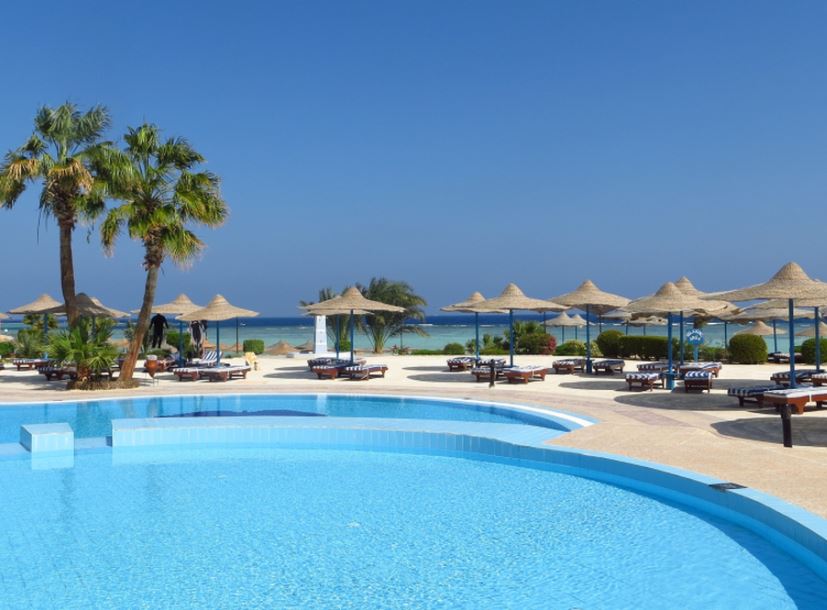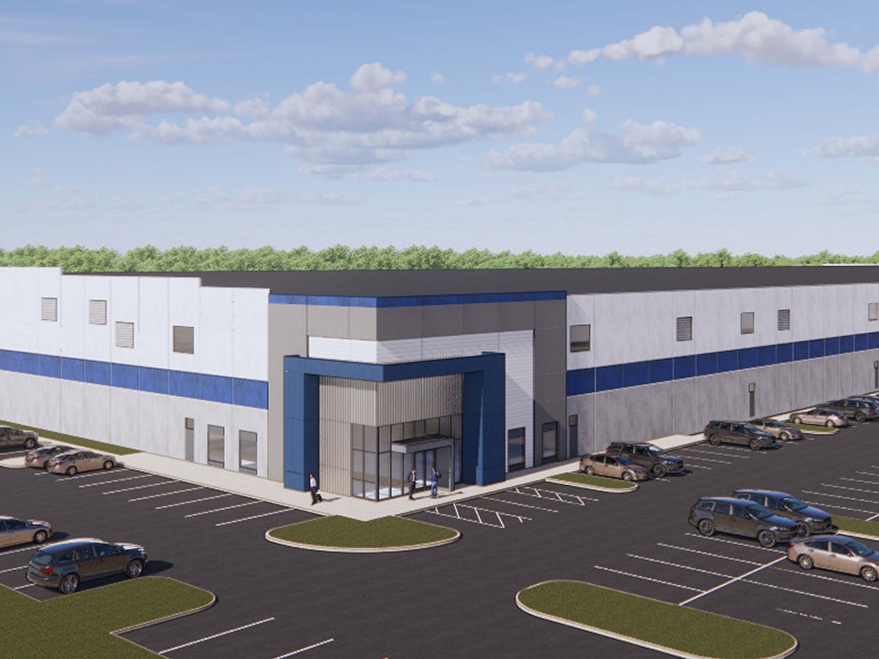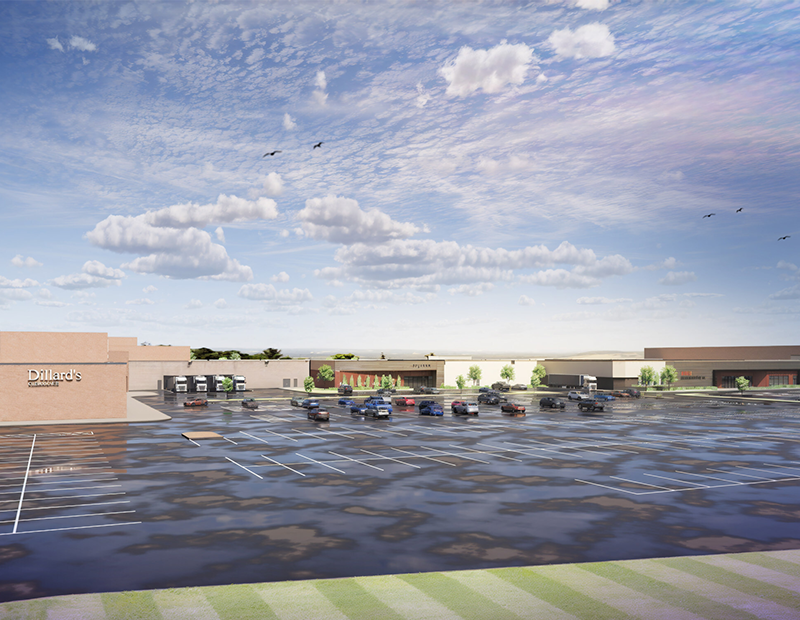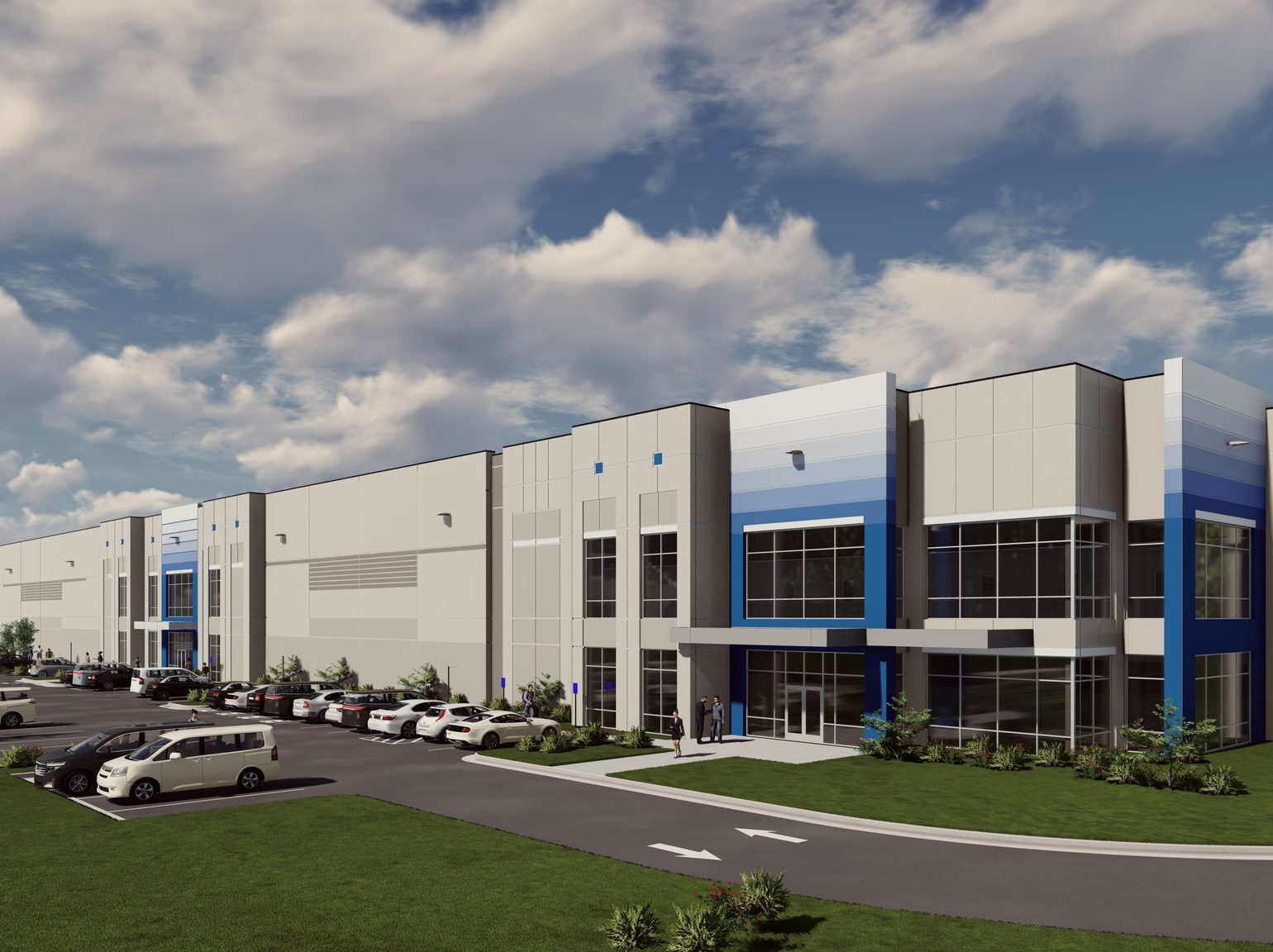Hotel Investors’ Wariness Rises Despite Record Travel Season
The sector continued to perform well in the first half of 2019, but economic uncertainty is causing investors to proceed with caution, according to a new report by Marcus & Millichap.
On the heels of a record-breaking summer travel season, the hotel sector continues to perform well, but investor confidence weakens as fears of an economic downturn persist, according to Marcus & Millichap’s new National Hospitality Research Report for the second half of 2019.
READ ALSO: Is the US Hotel Market About to Hit a Wall?
The hotel sector benefited greatly from the best-performing summer travel season the U.S. has ever experienced. Total domestic passenger air travel reached an all-time high, increasing 3.8 percent year-over-year in July, and airlines counted more passengers in the first seven months of 2019 than during any other comparable phase since 2003. Guestroom demand went on the upswing, rising 2.1 percent since June 2019. And while the annual occupancy rate declined 10 basis points to 66.2 percent, occupancy levels continued to hover at historical highs.
The positive occupancy figures yielded higher ADR and RevPAR, each increasing 1.7 percent to $130.54 and $86.46, respectively. The luxury category logged the greatest increase in ADR, jumping 2.9 percent to $340.24 at midyear, as a result of robust demand for higher-end accommodations and experiences. Independent hotels recorded the highest increase in RevPAR, growing 3.2 percent to $83.14. Geographically, properties located in small towns and along interstates saw the fruits of higher occupancies, recording respective year-over-year RevPAR increases of 2.9 percent and 2.6 percent.
Looking ahead to the remainder of 2019, however, Marcus & Millichap expects a mixed bag of sorts; some fundamentals will change, while some will remain the same. Occupancy is on track to hold steady in the second half of the year, as guestroom demand growth will slow due to travelers reacting to financial concerns by curtailing the duration of their stays or postponing trips. Strong business travel, on the other hand, is expected to persist amid staffing increases, event participation and small-business optimism. But hotel revenue could take a hit as a result of tariffs on Chinese imports.
Investors react
The investment community, faced with economic uncertainty and financial market instabilities, spent a little extra time on the sidelines in the first half of 2019, and the result was a decrease in transaction volume. The discrepancy between the price sellers expected and the price buyers were willing to pay also dampened trade velocity. Sales of chain properties took a backseat to those of unaffiliated hotels, as buyers acted on travelers’ increasing interest in authentic local experiences. Additionally, investment sales in the Southeast and Upper Midwest took center stage as buyers turned their attention to smaller metros.
While the call for hotel guestrooms may not be growing louder across the board, it remains audible and developers responded accordingly in the first six months of 2019 by bringing 990 hotels totaling 112,600 guestrooms online in the 12-month period ending in June. The mid-scale and upscale chains were at the forefront of deliveries, accounting for 67 percent of guestroom completions. Economy properties accounted for the lowest number of new keys, with less than 5,000 guestrooms. And New York City held its position as the leader in hotel deliveries, with the addition of approximately 5,100 guestrooms over the last year. Boston and two southern cities, Dallas and Nashville, followed the Big Apple with more than 3,500 guestrooms each.
Whatever the change in sentiment among travelers and investors, vigorous construction activity is ongoing. Approximately 201,500 guestrooms are currently under construction and 225,300 guestrooms are scheduled to break ground by June 2020.








You must be logged in to post a comment.